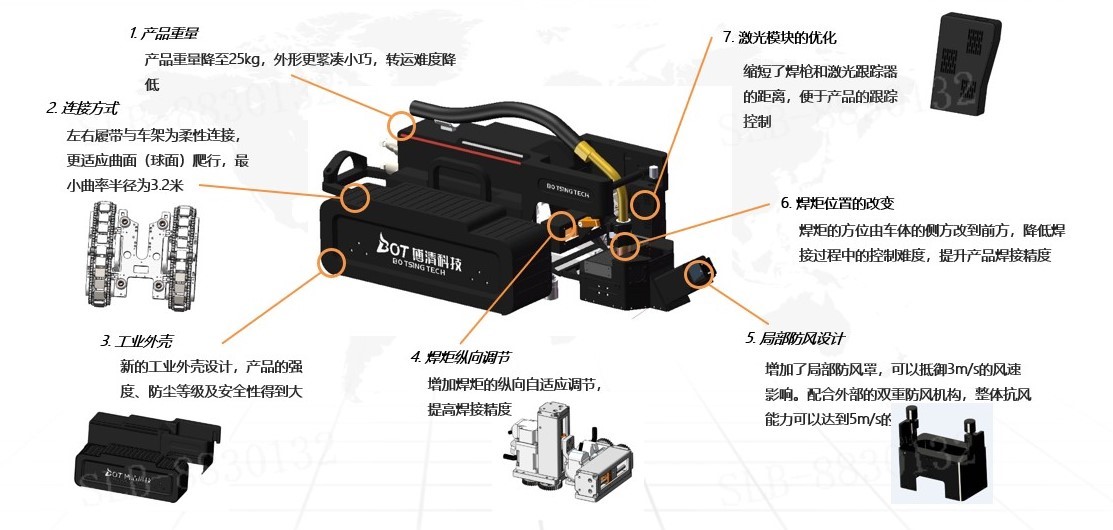Elaborate on the precautions for using industrial automation robots
Date:2021-11-18 Views:933
People are not unfamiliar with industrial robots. With the development of society, industrial robots are increasingly widely used in our lives and playing an increasingly important role. Servo motors are the core components of industrial robots. Quick response. The time from receiving command signals to completing the required working state of the motor should be shortened.

The shorter the response time to the command signal, the higher the sensitivity of the servo motor system, and the better the fast response performance. Generally, the electromechanical time constant of the servo motor is used to illustrate the fast response performance of the servo motor. The inertia ratio of the starting torque is large. When driving a load, it is required that the servo motor of the robot has a high starting torque and a small moment of inertia.
Once again, the continuity and linearity of the control characteristics allow the motor speed to continuously change with changes in the control signal, sometimes requiring the speed to be proportional or approximately proportional to the control signal. Secondly, the speed adjustment range is wide. Can be used within the range of 1000~10000. Of course, in order to match the robot body, the servo motor must be small, compact, and have a short axial size.
The third is the ability to withstand harsh operating conditions, perform very frequent forward and reverse acceleration and deceleration operations, and withstand several times the overload in a short period of time. Due to its high torque to moment of inertia ratio, brushless and commutation spark advantages, it has been widely used in industrial robots.
People are not unfamiliar with industrial robots. With the development of society, industrial robots are increasingly widely used in our lives and playing an increasingly important role. Servo motors are the core components of industrial robots. Quick response. The time from receiving command signals to completing the required working state of the motor should be shortened.

The shorter the response time to the command signal, the higher the sensitivity of the servo motor system, and the better the fast response performance. Generally, the electromechanical time constant of the servo motor is used to illustrate the fast response performance of the servo motor. The inertia ratio of the starting torque is large. When driving a load, it is required that the servo motor of the robot has a high starting torque and a small moment of inertia.
Once again, the continuity and linearity of the control characteristics allow the motor speed to continuously change with changes in the control signal, sometimes requiring the speed to be proportional or approximately proportional to the control signal. Secondly, the speed adjustment range is wide. Can be used within the range of 1000~10000. Of course, in order to match the robot body, the servo motor must be small, compact, and have a short axial size.
The third is the ability to withstand harsh operating conditions, perform very frequent forward and reverse acceleration and deceleration operations, and withstand several times the overload in a short period of time. Due to its high torque to moment of inertia ratio, brushless and commutation spark advantages, it has been widely used in industrial robots.











